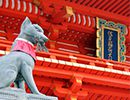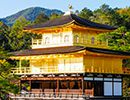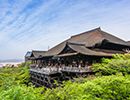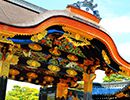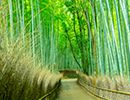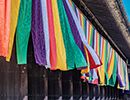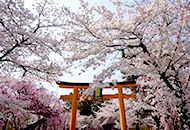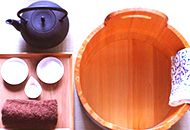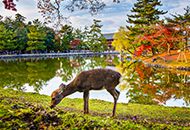Kyoto Sightseeing Bus Tour | Tabiplusone | 旅プラスワン
Recommend
PERFECT KYOTO
- Kiyomizudera Sanjusangendo Fushimi Inari-Taisha Arashiyama Kinkaku-ji
-
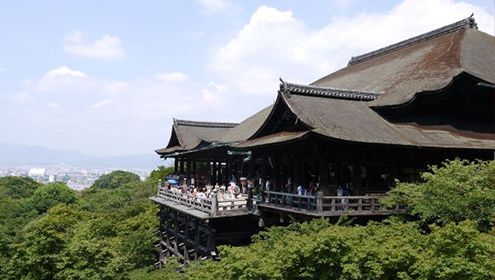
JPY17,000~
- Multilingual Audio Tour Daily Departure Departs from Osaka Station and Kyoto Station Depart time 7:30 Osaka Station/ 8:30 Kyoto Station Duration time About 10 hours Japanese Style
You will visit Kiyomizu-dera temple, Sanju-san-gen-do temple, Fushimi Inari Taisya shrine (Thousand Torii), Arashiyama, Sagano Bamboo Forest, Tenryu-ji temple, Kinkaku-ji temple (Golden temple).Great number of landmarks in Kyoto in a day!.
One day in Arashiyama
- Sagano Romantic Train Hozu-gawa River Boat Ride Arashiyama Stroll
-
JPY12,300~
- Multilingual Audio Tour Except Wednesday Departs from JR Kyoto Station Depart time 9:00 Duration time About 8 hours Lunch not included
The popular Sagano Scenic Railway, known for its nostalgic atmosphere and the opportunity to enjoy the seasonal scenery of the Hozu River Valley, and the thrilling Hozu River Boat Ride, where skilled boatmen navigate approximately 16 kilometers of beautiful landscapes, offer an exciting experience!
Maiko Dance & Kyoto Night View
- Shozan Resort (Maiko performance while enjoying Kaiseki Cuisine Stroll in Japanese garden Night View
-
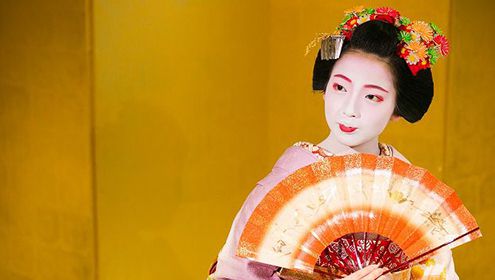
JPY10,500~
- Multilingual Audio Tour Wednesday, Friday, Saturday and Sunday Departs from JR Kyoto Station Depart time 17:30 Duration time About 3 hours 30 minute Dinner included
Exclusive Offer! Enjoy A Maiko performance with an authentic Kyoto-style dinner.
Stroll Shozan Resort garden and Night View at Higashiyama Sancho Park
Classic Kyoto
- Kinkaku-ji Temple Ginkaku-ji Temple Kiyomizu-dera Temple
-
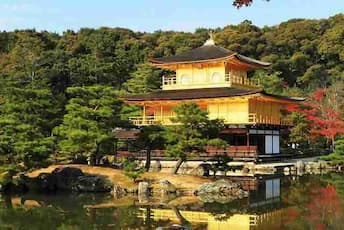
JPY6,000~
- Multilingual Audio Tour Daily Departure Departs from JR Kyoto Station Depart time 9:30 Duration time About 5 hours Lunch not included
Recommended for first-time sightseeing in Kyoto!
A popular course that visits three famous Kyoto sites: Kinkaku-ji, Ginkaku-ji, and Kiyomizu-dera.
Kyoto Highlights
- Tenryu-ji Temple(Bamboo Grove, and Arashiyama Stroll) Kinkaku-ji Temple Fushimi Inari Taisha Shrine
-
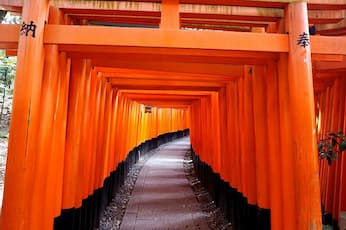
JPY6,400~
- Multilingual Audio Tour Monday, Wednesday, Friday and Sunday Departs from JR Kyoto Station Depart time 10:10 Duration time about 6 hours Lunch not included
In this course visit Kyoto's representative sightseeing locations, Arashiyama, Tenryuji Temple, and the Bamboo Forest and more! Another point of this tour is not just walking but also being informed by your bus guide about sites that can be seen from inside the bus.
World Heritage and special experience in Kyoto
- Nijo Castle Sushi Market - Nigiri and Maki Sushi Making Tawaraya Yoshitomi Toei Kyoto Studio Park
-
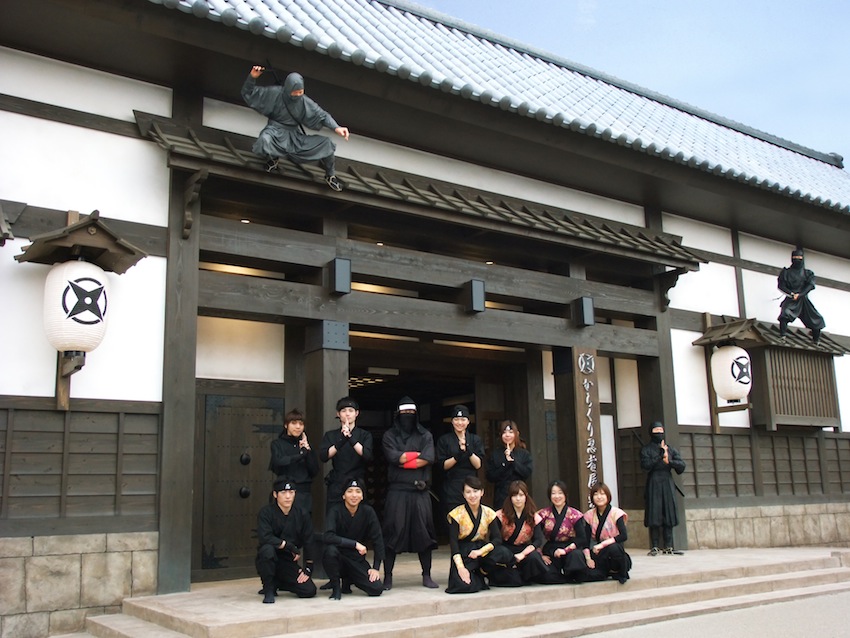
JPY17,000~
- English or Chinese guide Monday and Friday Departs from JR Kyoto Station Depart time 9:40 Duration time about 7 hours Lunch included
In the Uzumasa district, once known as Japan's Hollywood, have fun experiencing shuriken throwing,Karakuri Ninja Mystery House and Ninja Show at the Toei Kyoto Studio Park.
Special visit to Unryuin and Kangaan with Fucha Ryouri (Fucha cuisine)
- Sennyu-ji temple Unryu-in Kangaan Tawaraya Yoshitomi
-
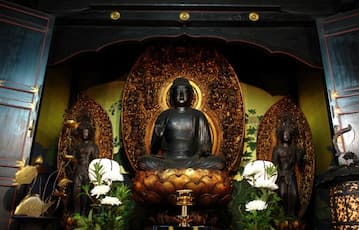
JPY8,400~
- Friday Departs from JR Kyoto Station Depart time 17:10 Duration time about 6 hours lunch box included
Special visit to Unryu-in after the gates are closed.Afterwards, enjoy a Fucha lunch box at Kanga-an, where the approach path is beautifully lit up.
Appreciation of traditional Japanese performing arts and Kyoto specialty “Imobou”
- Imobou or Kyo Ryori Isobe Gion Corner(Kyoto dance, tea ceremony, flower arrangement, koto music, bugaku, kyogen, noh or bunraku)
-
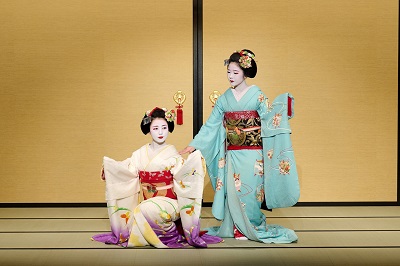
JPY10,500~
- Thursday and Sunday Departs from JR Kyoto Station Depart time 17:00 Duration time about 3 hours 30 minute Dinner included
A popular course that includes Kyoto cuisine that allows you to easily enjoy sightseeing in Kyoto at night.
After your meal, you can enjoy a digest of traditional culture and performing arts such as Kyoto dance performed by maiko at Gion Corner in Gion.
Ohara Sanzen-in Temple and Enryaku-ji Temple, a world heritage site on Mt. Hiei
- Enryakuji Temple Nekonchudo Walking around Sanzen-in Temple and Ohara
-
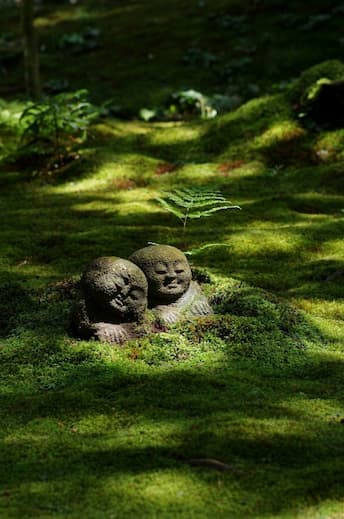
JPY10,900~
- Monday, Wednesday, Friday and Sunday Departs from JR Kyoto Station Depart time 9:20 Duration time about 7 hours lunch box included
A course that takes you to Hieizan Enryakuji Temple (Konpon Chudo), the head temple of the Tendai sect, and Rakuhoku Ohara.
Exploring Murasaki Shikibu and The Tale of Genji
- Jounangu Shrine Ishiyama-dera Temple Byodo-in Temple and Uji Exploration
-
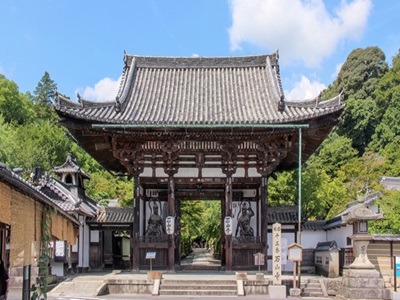
JPY10,100~
- Thursday and Sunday Departs from JR Kyoto Station Depart time 9:40 Duration time about 6 hours30 minute Lunch included
At Ohara Sanzen-in Temple, you can enjoy the moss garden and the Warabe Jizo statue, as well as the pond garden, which was praised by writer Yasushi Inoue as ``the jewel box of the East.''While strolling around Ohara, you will enjoy a discounted visit to Jikko-in, Hosen-in, Shorin-in, and Raigo-in.
~ Seeking the Cool of Summer ~ Kibune - KAWADOKO Summer Riverside Dining
- Kifune Shrine Kibune KIRAKU Daitokuji Daisen-in Temple Imamiya Shrine and Aburi Mochi at Kazariya
-

JPY15,800~
- Monday, Tuesday, Thursday and Friday Departs from JR Kyoto Station Depart time 9:30 Duration time about 6 hours lunch included
A guided bus tour limited to 30 participants per day! The main hall of Daikakuji Daikakuin in Japan is said to be the oldest Hojo architecture (national treasure). Additionally, you will enjoy Noryo Kawadoko cuisine, the traditional platform-style restaurants built over the river in Kibune,the river makes Kawadoko a cooler place than the rest of the lowland places in Kyoto why not experience the "coolness" on this tour?
Enjoying Mount Hiei to the Fullest
- Konpon Chudo Hall (Enryakuji Main Temple) Saito(west area) Yokogawa Chudo
-
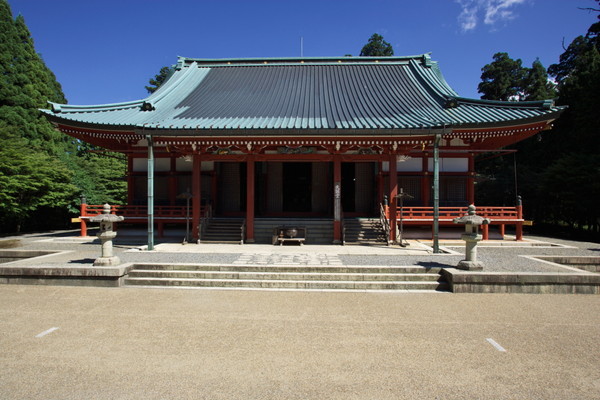
JPY10,000~
- Friday, Saturday and Sunday Departs from JR Kyoto Station Depart time 9:20 Duration time about 6 hours lunch included
Spend a day at the UNESCO World Heritage Site, Enryaku-ji Temple.
The entire mountain serves as the temple grounds, divided into three main areas: the East Pagoda and Konpon Chudo, the West Pagoda and Shakado, and Yokawa and Yokawa Chudo. Visit these areas and savor the solemn atmosphere.
Visit the four famous sightseeing spots of Kyoto in one day!
- Fushimi Inari Shrine Kiyomizu-dera Kinkaku-ji Arashiyama
-
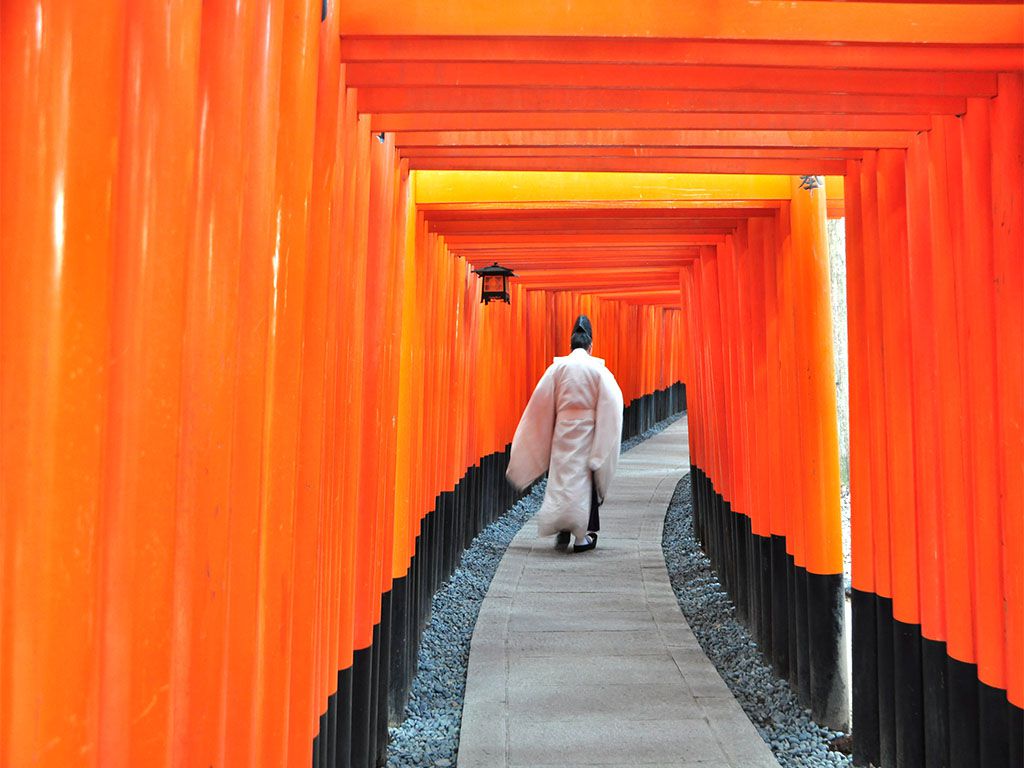
JPY8,000〜~
- Daily Departure Departs from JR Kyoto Station Depart time 9:15 Duration time about 9 hours lunch is not included
Fushimi Inari Shrine is the head shrine for some 30,000 Inari shrines across the country.
Kinkaku, a pagoda made to house the sacred relics of the Buddha, has given this temple the popular name of Kinkaku-ji
Enjoy Kyoto "Sagano Romantic Train" and Arashiyama ・ Kiyomizudera ・ Fushimi Inari Taisha.
- Arashiyama Fushimi Inari Taisha Kiyomizu-dera Sagano Torokko Train
-
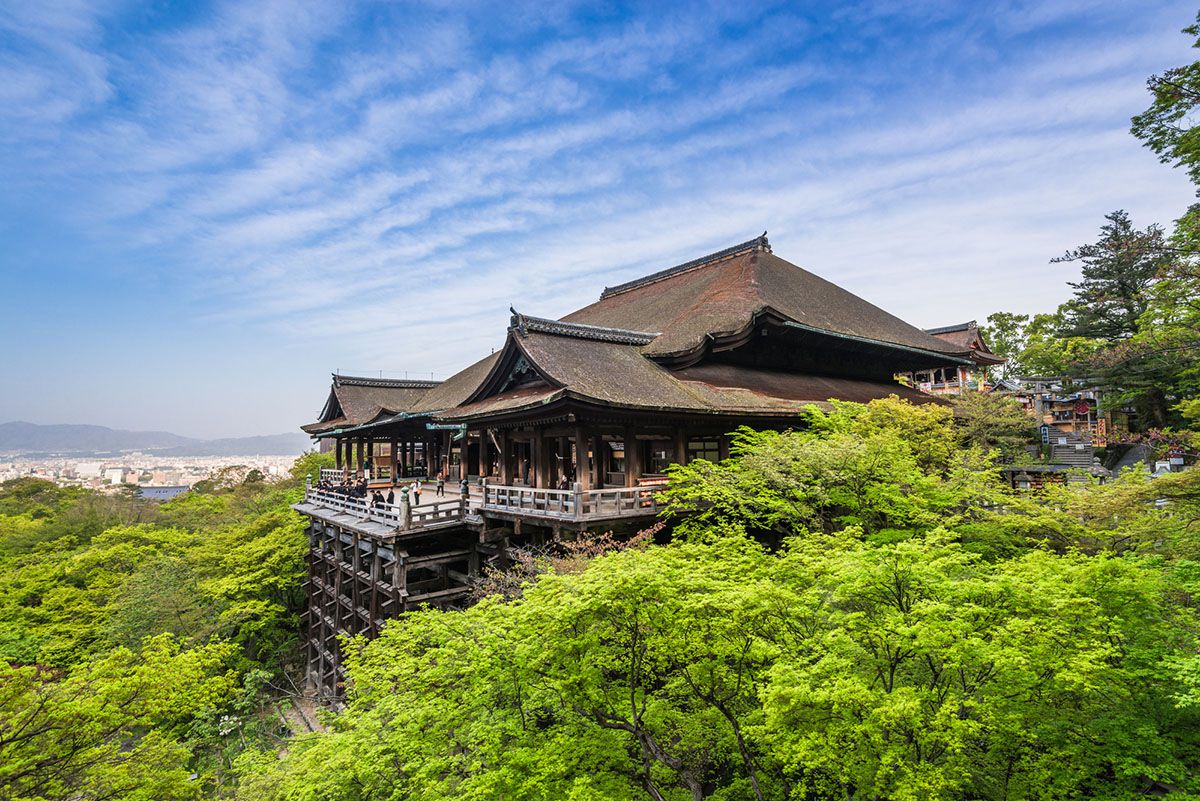
JPY9,000〜~
- Tuesday,Thursday,Saturday,Sunday Departs from JR Kyoto Station Depart time 9:15 Duration time about 9 hours lunch is not included
Arashiyama is notable for its view of cherry blossoms, Autumn leaves and the bridge "Togetsukyo", which spans across Katsura river and one of the landmark of Arashiyama.
Fushimi Inari Taisha is the head shrine for some 30,000 Inari shrines across the country.
Arashiyama, Kinkakuji & Nara Park Day Tour
- Arashiyama Kinkaku-ji Nara Park
-
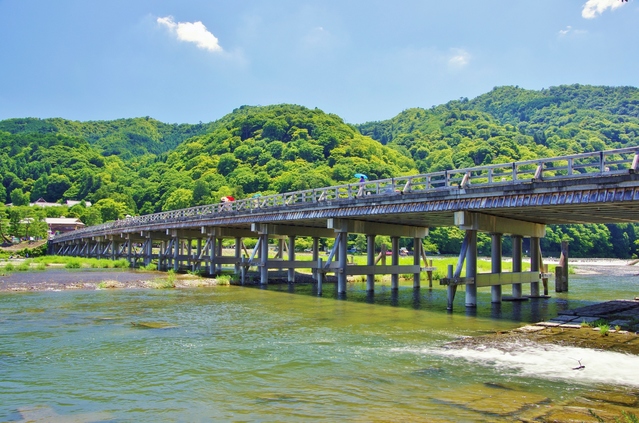
JPY9,000〜~
- Monday,Wednesday,Friday,Saturday Departs from JR Kyoto Station Depart time 9:15 Duration time about 9 hours lunch is not included
Arashiyama is notable for its view of cherry blossoms, Autumn leaves and the bridge "Togetsukyo", which spans across Katsura river and one of the landmark of Arashiyama.
Nara Park is notorious for the 1200 or so wild deers that live freely within the park.
Spend more time in Arashiyama before heading to Nara Park
- Arashiyama Nara Park
-
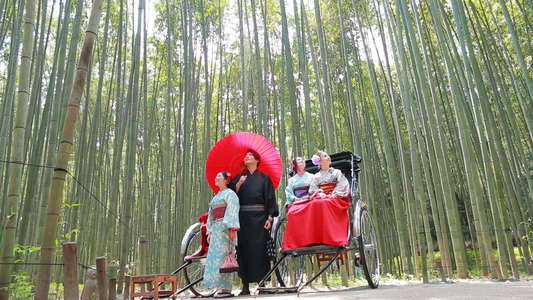
JPY9,000〜~
- Monday,Wednesday,Friday,Saturday Departs from JR Kyoto Station Depart time 9:15 Duration time about 9 hours lunch is not included
Arashiyama is notable for its view of cherry blossoms, Autumn leaves and the bridge "Togetsukyo", which spans across Katsura river and one of the landmark of Arashiyama.
Nara Park is notorious for the 1200 or so wild deers that live freely within the park.
Map & Spot
SPOT
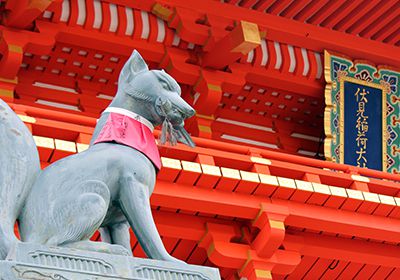
-
Fushimi-inari Shrine
Fushimi Inari-taisha Shrine is the headquarters of the 30,000 Inari-jinja Shrines located throughout Japan and is commonly known as the "Inari". Said to have been built in 711 AD, the vermilion tunnel of the torii "Senbon Torii" is famous. The shrine is dedicated to prayers for prosperous business and gratitude and is said to have around 10,000 torii gates. The fox is considered a messenger to the god at Fushimi Inari-taisha Shrine.
It is possible to visit the shrine during the day and night, but you can purchase amulets from 7: 00 to 18: 00, and pray from 8: 30 to 16: 30. Since Fushimi Inari Taisha Shrine is spread all over Mt. Inari, you need to watch your step when visiting the shrine after sunset.
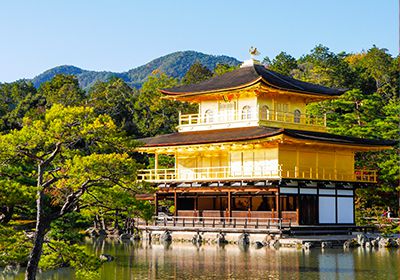
-
Kinkaku-ji (Golden Pavilion)
Kinkaku-ji Temple is officially called Rokuon-ji Temple and its Golden Shining Shariden "Kinkaku" is a true symbol of Kyoto while also being a designated World Cultural Heritage Site. There is a circuit style garden within the temple and the Kinkaku in Kyoko-ike Pond (Kyokochi) is the perfect photo spot.
The Kinkaku is a hogyo-zukuri three-story palace. It was burned by arson in 1950 and the current one was rebuilt in 1955. Of the three floors, one is built in Shinden-zukuri style (architecture representative of a nobleman's residence in the Heian period), the second is in Buke-zukuri style (architecture representative of a samurai family), and the third is in Zen style (architecture representative of a Zen temple). The second and third outer layers are covered with gold leaf. The afternoon provides the best viewing time when the sun is in the south.
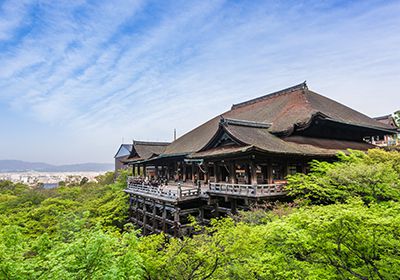
-
Kiyomizu-dera Temple
Kiyomizu-dera Temple, which attracts more than 3 million visitors a year, is considered the most famous temple in the ancient capital of Kyoto.
The view from Kiyomizu-dera Temple is simply superb. You can enjoy a panoramic view of the ancient capital of Kyoto and scenery that changes its expression throughout the four seasons. The night view is also wonderful, so it is recommended to visit during evening times too. The special night visit schedule and time are changed every year, so please check in advance before visiting.
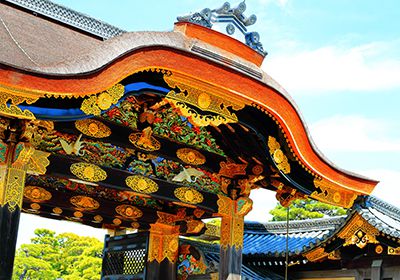
-
UNESCO World Heritage Sites
Of the global World Heritage Sites, 17 of them are located in Kyoto Prefecture, such as Kinkaku-ji Temple, Kiyomizu Temple, Byoto-in Temple, Nijo-jo Castle, Kamigamo-jinja Shrine, etc. Kyoto was the imperial capital of Japan until the middle of the 19th century. Acting as the center of Japanese culture for more than 1,000 years, Kyoto illustrates the development of Japanese architecture and the art of Japanese gardens.
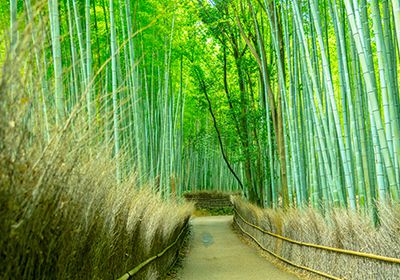
-
Arashiyama
The best sightseeing spot in Arashiyama is Takemori, where you can enjoy the bamboo forest in a rickshaw, and in the evenings of December, you can see the night light shows.
You can enter directly from Tenryu-ji Temple or from Torokko Arashiyama Station side. If you walk down the 400-meter long Takemori street along the way you will come across the historic Nonomiya-jinja Shrine, where you can meet the many visitors who come to pray.
If you walk through the Takemori forest, you can see the historical Togetsukyo Bridge.
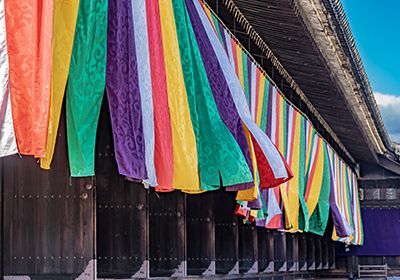
-
Sanjusangendo
Sanjusangendo is famous for its 1000 statues of Senju Kannon, the goddess of mercy. It is officially named Rengeo-in Temple and is managed by Myoho-in Temple of the Tendai sect. The 33 bay hall is adjoint to the main hall.
The name comes from the fact that there are 33 hashirama in the inner sanctuary of the main hall that spans 120 meters from north to south. The name "33" is also derived from Kannon Bosatsu's transformation into 33 incarnations.
About Kyoto bus tours
Kyoto is especially popular among foreign tourists. The appeal of this bus tour is you get to see only the most popular spots around the city.
Visit popular UNESCO designated Cultural Heritage Sites, Kiyomizu-dera Temple, Kinkakuji Temple (Golden Pavilion) and more. Spend one full day of experiencing both Kyoto and Nara and see Geisha up close all on this bus tour.
We would like to introduce a variety of recommended Kyoto bus tours to everyone!
FAQ
- Q.What should I do with my suitcase and large baggage on the day?
- A.We will keep the trunks of the bus. However, there is no compensation in case of damage, so please leave it at your own responsibility.
- Q.Can I stop participating in the tour?
- A.You can leave the group before the tour ends. Please make sure to tell the bus guide on the day that you will leave. However, we will not refund the tour fee for the post-departure process. Also, please note that you will be responsible for the cost of transportation, accommodation and meals.
- Q.Are the seats next to each other?
- A.Basically, it is close to the next door or front and back. However, please note that there is a bus tour with non-reserved seats.
- Q.Can I reserve a seat in advance?
- A.As a general rule, we do not accept seat reservations. It is a guide or unreserved seat on the day.
- Q.When preschool childs board same bus, Do I have to pay for it?
- A.It depends on the tour. If there is no particular fare category or description, you can ride on the bus on your lap, but there is no seat for your child.
- Q.What happens if the plane/train is late and not in time?
- A.Basically, if you can't get on the plane or train due to the delay, there will be no refund. Please make a reservation with plenty of time in advance.
- Q.Is there a toilet in the bus?
- A.There is no toilet in the basic bus.


